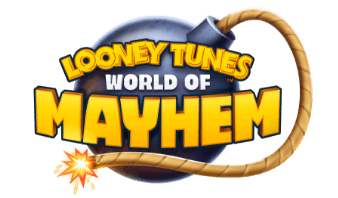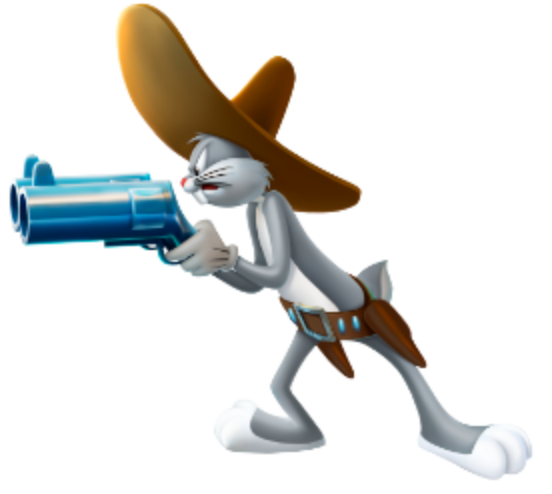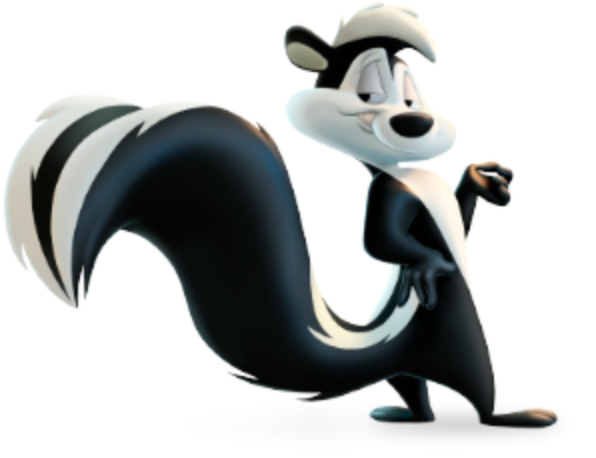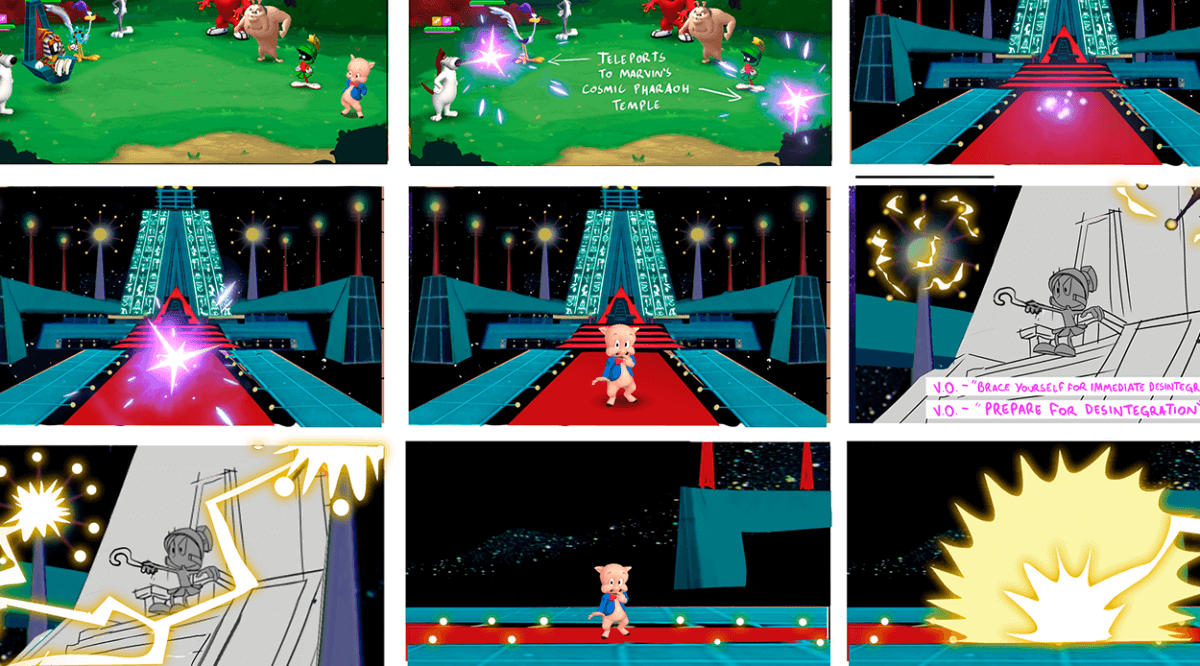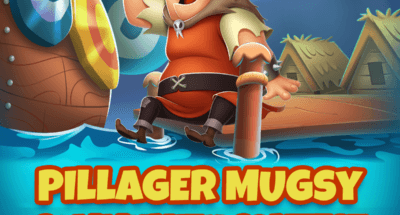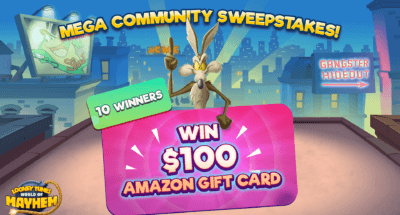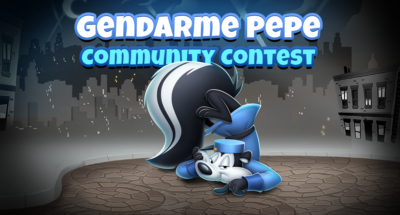What’s up, doc?
In this new blog series, we bring you an insight into what happens on our toon creation lab: from concept art to 3D modeling! During the next blog posts, we’ll be exploring his Cosmic Highness, Star-Pharaoh Marvin.
Last post we went over designing a toon and in this occasion, we’ll follow the same process for his building.
Off we go!
Sketching the Pharaoh…
The goal here is to create the concepts for all the animations this fellow will display in game.
For that, we’ll work every aspect of the character’s personality and visuals, incorporating the main traits in his skills, reactions, and other animations (in battle or not). We want to make him interesting, diverse, unique, and above all: looney!
Let’s brainstorm!
There is a lot of information to be considered before knowing what the toon will represent in the game. We normally ask ourselves: what classic episodes does the character appear in? What’s their region, archetype, or rarity? Also, what design role are they carrying, what other toons will go well with them?
Once we organize all this information in a Game Design Document with visual references, it’s time to share it with the whole Aquiris Art Team and gather for a brainstorm meeting. This is always a very productive and funny moment where all ideas are valuable and everybody can join and build up the craziest and interesting ideas together.
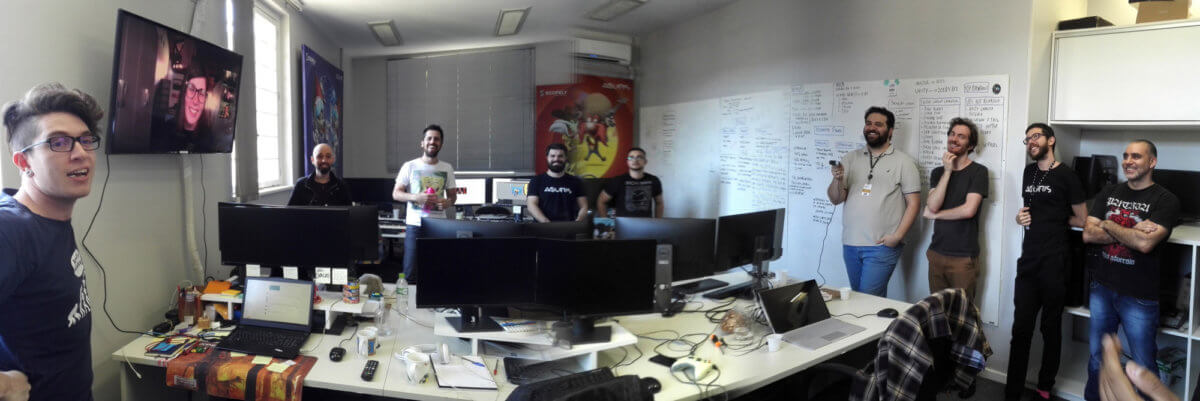
We always do extensive research for every new toon: all the episodes the toon appears, comic books, merchandising images, and other media. This way we have a solid starting point to come up with the most appropriate and funny ideas for his behavior and skills in-game.
Our preference usually relies on 40’s and 50’s Golden Era of Looney Tunes. For Star-Pharaoh Marvin, our major visual reference was the episode ‘Hare-way to the stars’, a 1958 Warner Bros classic. Do you remember it?
Creating his animations:
The first thing we should think about his animations is how the character will stand on his idle pose in battle. This particular pose tells a lot about the character’s personality and it’s critical for how he is going to act upon all of his skills and reactions.
For Marvin Pharaoh’s idle animation, we tried to understand how would a ‘support demigod’ behave in a battle. To invoke this powerful and proud vibe we made him sitting on his cosmic throne like he was a superior being (as he usually states in the cartoons). This idle would be the very first on the game to depend on a prop (his throne) to be portrayed in battle.
It was such a challenge for the whole Aquiris Art Team because this little change would cause us to rethink on every reaction and other animations the character makes on and off the battle, like when he’s curious or stunned, os scared, or “walking” on the city builder, etc.
Every character in the game has an average of five skills. Some of them are passives and others are actives. Almost every skill has an animation or at least a VFX occurring when activated, depending on the effect it causes on the toons.
To begin to think about any skill animation, first, we need to understand the mechanics of the skill in question. This is always defined by our game designers. What does the skill do to the enemy? What are the effects it activates? How many targets does it affect?
His black hole attack is an early idea for a multiple target attack and the angry walk debuff is an early idea taken from the original cartoons. The later was put away since this character’s idle keeps sitting on a chair. Can you guess in what episode(s) this angry walk happens?
For his basic attack, we had another great challenge: to create a vortex in the ground that actually works for a giant laser to emerge from it in the middle of the arena. We had to develop a new feature in the game engine allowing us to make these holes on the ground.
The giant laser is Marvin’s signature in most of his episodes, so we decided to keep this idea and mix it with the Star Pharaoh’s theme.
Let’s move on to Star-Pharaoh Marvin’s Special Attack. In this case, we wanted to create a cinematic animation to show off Star-Pharaoh’s amazing power.
On the first sketch, you can see how the camera would work and a rough sketch for the temple, leaning for a more Egyptian design. On the second sketch, you can see the final version using the references from the “Hare-way to the Stars” episode.
This kind of design changes happens very often and it’s a natural (and fun) part of the concept art process.
We also thought it would be fun to explore the omniscience side of this demigod role, making him use his powers directly on the UI of the game (kind of breaking the 4th wall), flipping buffs, and debuffs right on the icons that stand above the characters life bars.
We always share these storyboards with Warner Bros to make sure we are aligned with the very nostalgic Looney Tunes IP. Dave Hofmann is the man who always helps us stay on track with the IP.
After that it’s time to refine the sketches and organize the material that 3D modelers and animators will need to give life to the character in the game engine, such as: paint the props for the 3D modeling, design the VFX for each action the character does, choose voice over cues from our Looney Tunes audio library and make sure the animators have every important keyframe sketched to make the animations work in-game.
Phew! There is a lot to be aware of during this collaborative and interdisciplinary creative process, many steps, and lots of dialog between the team to reach a high-quality final result for a brand new World of Mayhem character.
We hope you have liked these concept art series on Star-Pharaoh Marvin and we invite you to stay tuned for more!
Writen by Filipe Capra, Concept Artist at AQUIRIS
